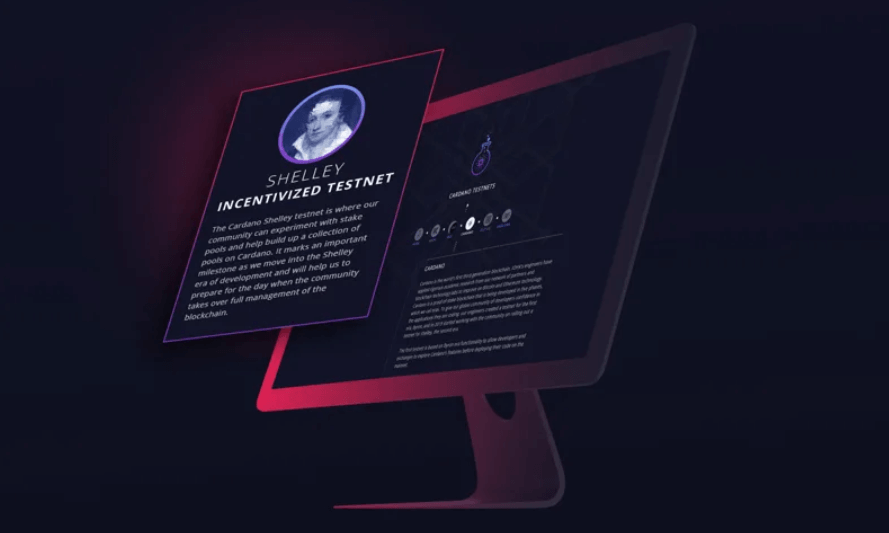

Cardano release their incentivized testnet ahead of full decentralization with Shelley phase
ADA holders are waiting with bated breath for the highly anticipated launch of Cardano’s Shelley incentivised testnet, which is expected to arrive any day now.
IOHK, the engineering company behind Cardano, completed the ADA balance snapshot in November, which identified users who were eligible to take part in staking.
Although the new release will still be in testnet mode, participating users will still earn real ADA rewards which will be deposited in their wallets at the end of the testnet period.
Stake pools will also be live on the testnet, which allow dedicated node operators to have other users delegate their stake to them as they validate transactions on the network.
Stake pool operators will be required to register through Cardano’s GitHub before their pool is shown in native wallets Daedalus or Yoroi.
Cardano Foundation ambassador Georg W (@lodl_de) told Coin Rivet:
“The Shelley incentivised testnet is the first time that users will be able to generate passive rewards from holding ADA tokens. Everyone at Cardano is excited to see how many people participate in the testnet and look for ways to improve the staking process ahead of a full live launch.”
Ahead of the testnet release, the IOHK team has also released a rewards calculator, which lets users estimate how much they will earn from their ADA tokens proportional to their stake.
For users with 50,000 ADA, roughly £1,400 at the time of writing, staking rewards would yield around £110 per year.
Naturally, users’ ADA tokens could also appreciate in value during this time, offering an easy and hassle-free way for long-term holders to receive rewards.
The ability to stake tokens is a much-anticipated feature of the Cardano blockchain, as not only does it represent the first time the network has become fully decentralised, but it also offers users a passive way to generate income.
As a result, it’s likely that we may see more parties who are interested in generating staking rewards buy tokens with the sole intention of using them to participate in staking.
It certainly seems this has been the case to some extent with Tezos, another dApp and smart contract-capable blockchain which has recently introduced staking capabilities.
Coin Rivet recently reported that Tezos will now let users stake directly from Ledger hardware wallets via the Ledger Live app, which provides passive income with greater fund security.
Tezos’ answer to staking is called ‘baking’, and similar to Cardano, it generates passive rewards for its token holders. Tezos experienced a meteoric rise in price over the last month, possibly due to the release and improvements of staking.
For those interested in token economics, staking fundamentally changes the way tokens function in an ecosystem, decreasing their usefulness as a speculative asset and increasing demand for the token as a means to generate income. This could mean greater price stability and token demand.
Traders should also keep in mind that Coinbase has previously indicated that it will be looking to list ADA once its blockchain is fully decentralised, which now seems likely within the coming weeks.
Denver, Colorado, 24th February 2025, Chainwire
Denver, Colorado, 20th February 2025, Chainwire
Washington, D.C., 18th February 2025, Chainwire
Dubai, UAE, 27th January 2025, Chainwire
Those who enter the market at this time may be surprised to hear that Bitcoin…
George Town, Grand Cayman, 22nd November 2024, Chainwire